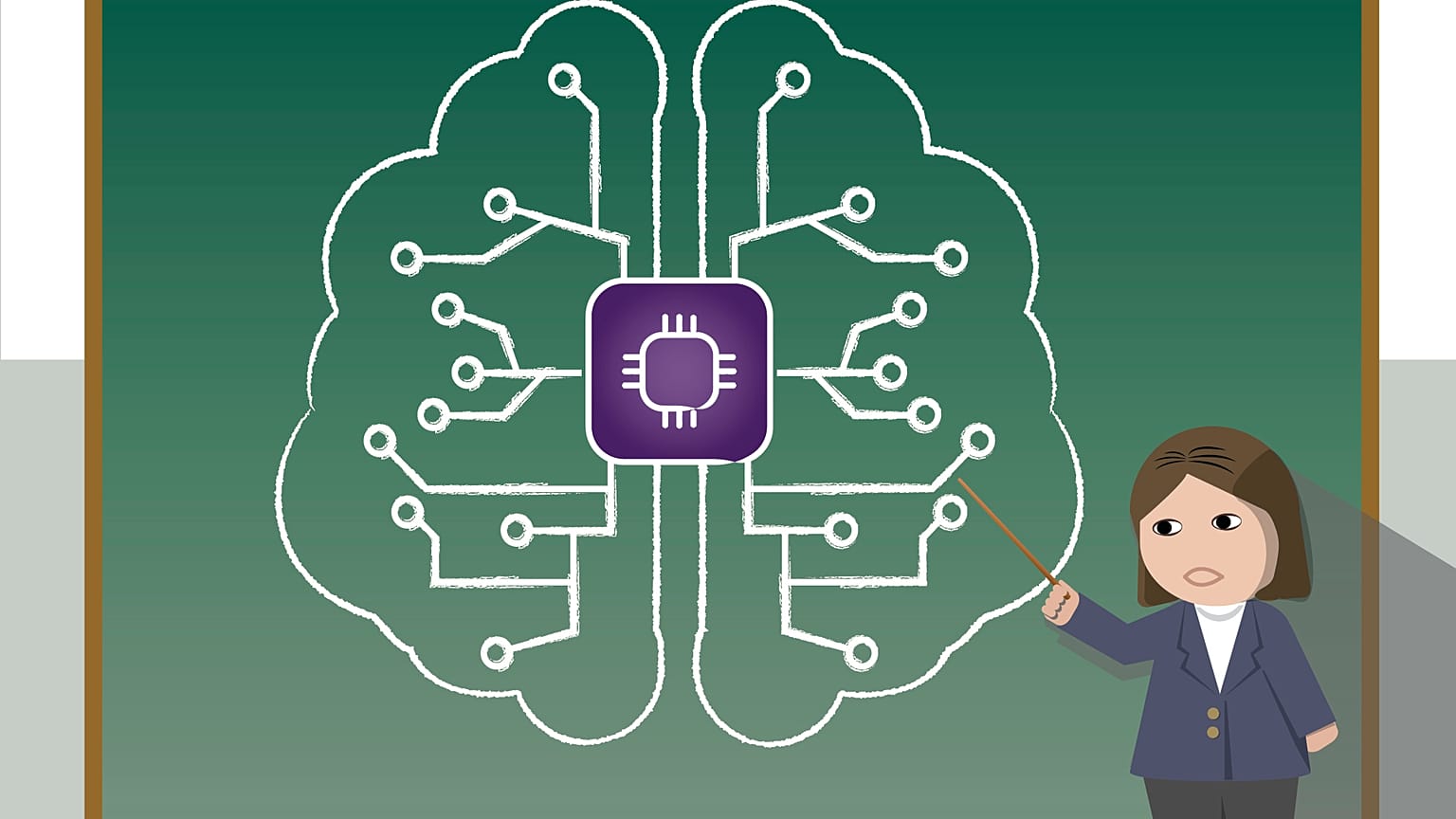Jobs with the highest exposure to AI are likely to be the most affected but it is still unclear what form this impact will take.
Generative artificial intelligence (GenAI) promises to free humans from repetitive tasks and this, in theory, has many advantages for the labour market, but there are fears around how the technology will impact jobs.
Policy makers and experts are also examining how AI will affect gender employment dynamics. The gender gap exists across many important indicators. According to Eurostat, in 2024, the employment rate in the EU was 80.8 per cent for men and 70.8 per cent for women. The unemployment rate was 6.1 per cent for women and 5.7 per cent for men. In 2023, women in the EU also earned about 12 per cent less than men.
The key question is: How will AI impact women at work? Will AI empower women workers or leave them behind?
“Our research shows that nearly every job will be impacted by AI at some point, but the positive is that the need for human intelligence will remain a strong requirement,” Pawel Adrjan, director of economic research at global hiring platform Indeed, told Euronews Next.
The Organisation for Economic Co-operation and Development (OECD) and the European Central Bank (ECB) have examined how AI is likely to impact women in the workplace. The issue is complex and multifaceted. So, there is no simple answer.
Many OECD countries have made good progress over the last few decades, reducing gender gaps in various domains.
“Given this progress, it’s understandable how somebody might wonder why men’s and women’s experiences of AI at work would differ,” Marguerita Lane, labour market economist at the OECD, told Euronews Next.
Occupations with the highest exposure to AI will be most impacted by AI and could face the most disruption. Female and male workers face roughly the same occupational exposure to AI overall, according to the OECD working paper, titled ‘Who will be the workers most affected by AI?’
However, women are underrepresented in the occupations with the very highest exposure to AI, such as science and engineering professionals and chief executives.
For example, 82 per cent of cleaners and helpers are women, and this occupation has the lowest level of AI exposure at 0.25 on a scale of 1. In contrast, only 19 per cent of IT professionals are women, and this job has the highest level of AI exposure at 0.88.
The AI exposure indicator reflects the potential of AI doing certain tasks in a job. The automation of certain tasks does not necessarily mean that jobs will disappear or that wages will decline.
The OECD report emphasised that there is nothing in the construction of these occupational AI exposure measures that allows researchers to predict whether an occupation with high AI exposure will be affected positively or negatively by AI. Analysis of historical data also does not suggest that AI exposure has led to negative employment or wage outcomes on aggregate so far.
IT technology professionals (0.88), business professionals (0.87), managers (0.86) chief executives (0.85), science and engineering professionals (0.84), business, administration associate professionals (0.84), legal, social and cultural professionals (0.82), and production managers (0.82) are the jobs with the highest exposure to AI, according to OECD.
Lane noted that women and men tend to have different occupations, and these occupations may be affected differently by AI.
For example, women are a minority in the AI workforce, that is, the workers developing and maintaining AI, whose skills are very much in demand. But also, women are a majority in the clerical occupations, which could be at particular risk of automation by recent (and future) advances in generative AI.
“So, we could see a gender divide in terms of who is making the important choices around AI development, and whose livelihood could be significantly disrupted,” she said.
Leaving no one behind
When Lane and her colleagues surveyed workers in the financial and manufacturing sectors three years ago, they found that AI users were more likely to be male and higher educated compared to non-users. Even when they are in the same occupation or sector, there seem to be some indications that men are more likely to engage with AI than women.
“This raises the question of whether lower engagement with AI could lead to women being left behind... So it is important that the benefits of AI are not limited to specific segments of the population,” she added.
Female employment rises in AI-exposed jobs
An European Central Bank (ECB) working paper, ‘AI and women’s employment in Europe’, examined the link between the diffusion of artificial intelligence (AI) enabled technologies and changes in female employment in 16 European countries over the period 2011-2019. The research found that on average, female employment increased in occupations more exposed to AI.
Female-dominated occupations were more exposed to automation technologies introduced in the 1990s, such as machines in factories, which allowed employers to reduce employment in routine jobs, according to Stefania Albanesi from Miami Herbert Business School, who is also the first author of the ECB paper.
Yet, she noted that women were able to upskill and thrive due to their higher educational achievements, and they were less impacted than men by the wave of innovation in the 1990s.
“Women’s higher investments in education compared to men are likely to temper the potentially negative impact of these [AI] technologies on female employment,” she told Euronews Next..
The ECB paper pointed out that educational attainment and labour force participation are key factors enabling women to benefit from the spread of AI technologies in Europe.
“Countries where women have made greater educational progress and participate more in the labour market see stronger positive effects on female employment from AI adoption,” the paper read.


















